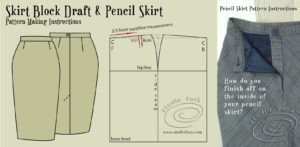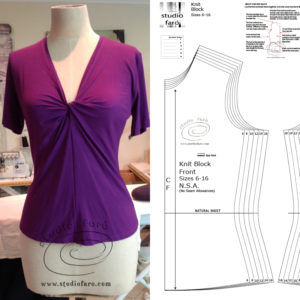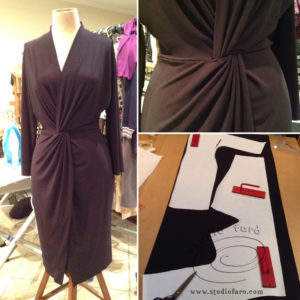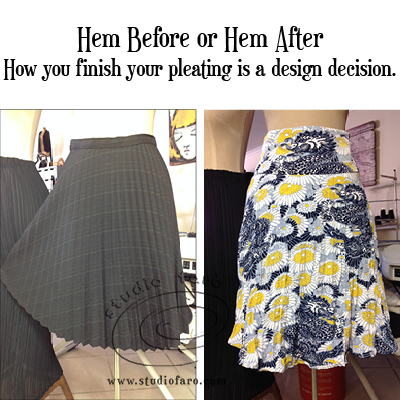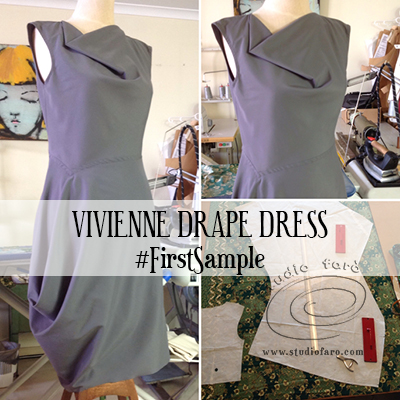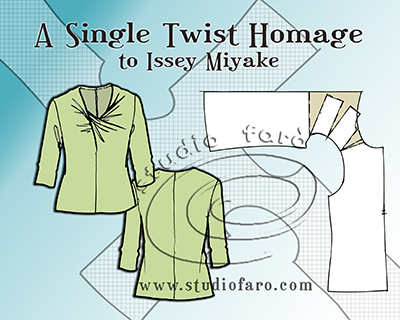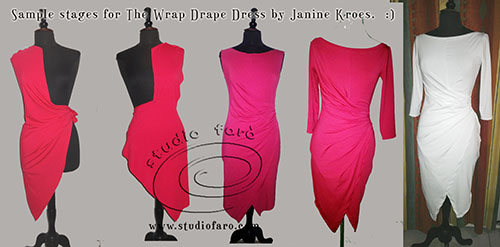17 Jan Design Options for my Skirt Block
Posted at 17:20h
in Garment Blocks, Pattern Making, Pattern Making Instructions, Pattern Puzzles
0 Comments
This is another in the post series where I curate my many blog posts so you can use them to self-train at your own pace. This post is focussed on my basic skirt block and I've listed all the pattern puzzle posts that use this block. Because there are so many posts, I've decided to separate the designs that need a stretch skirt block and I'll be featuring them in a separate post. And my more demanding drape skirt patterns will be posted separately.
